
Downloads:
7,342
Downloads of v 2015.685:
1,538
Last Update:
05 Mar 2015
Package Maintainer(s):
Software Author(s):
- Omnividente
Tags:
freecommander admin- Software Specific:
- Software Site
- Software License
- Package Specific:
- Possible Package Source
- Package outdated?
- Package broken?
- Contact Maintainers
- Contact Site Admins
- Software Vendor?
- Report Abuse
- Download
FreeCommander XE
This is not the latest version of FreeCommander XE available.
- 1
- 2
- 3
2015.685 | Updated: 05 Mar 2015
- Software Specific:
- Software Site
- Software License
- Package Specific:
- Possible Package Source
- Package outdated?
- Package broken?
- Contact Maintainers
- Contact Site Admins
- Software Vendor?
- Report Abuse
- Download
Downloads:
7,342
Downloads of v 2015.685:
1,538
Maintainer(s):
Software Author(s):
- Omnividente
FreeCommander XE 2015.685
This is not the latest version of FreeCommander XE available.
- 1
- 2
- 3
Some Checks Have Failed or Are Not Yet Complete
Not All Tests Have Passed
Deployment Method: Individual Install, Upgrade, & Uninstall
To install FreeCommander XE, run the following command from the command line or from PowerShell:
To upgrade FreeCommander XE, run the following command from the command line or from PowerShell:
To uninstall FreeCommander XE, run the following command from the command line or from PowerShell:
Deployment Method:
This applies to both open source and commercial editions of Chocolatey.
1. Enter Your Internal Repository Url
(this should look similar to https://community.chocolatey.org/api/v2/)
2. Setup Your Environment
1. Ensure you are set for organizational deployment
Please see the organizational deployment guide
2. Get the package into your environment
Option 1: Cached Package (Unreliable, Requires Internet - Same As Community)-
Open Source or Commercial:
- Proxy Repository - Create a proxy nuget repository on Nexus, Artifactory Pro, or a proxy Chocolatey repository on ProGet. Point your upstream to https://community.chocolatey.org/api/v2/. Packages cache on first access automatically. Make sure your choco clients are using your proxy repository as a source and NOT the default community repository. See source command for more information.
- You can also just download the package and push it to a repository Download
-
Open Source
-
Download the package:
Download - Follow manual internalization instructions
-
-
Package Internalizer (C4B)
-
Run: (additional options)
choco download freecommander-xe --internalize --version=2015.685 --source=https://community.chocolatey.org/api/v2/ -
For package and dependencies run:
choco push --source="'INTERNAL REPO URL'" - Automate package internalization
-
Run: (additional options)
3. Copy Your Script
choco upgrade freecommander-xe -y --source="'INTERNAL REPO URL'" --version="'2015.685'" [other options]See options you can pass to upgrade.
See best practices for scripting.
Add this to a PowerShell script or use a Batch script with tools and in places where you are calling directly to Chocolatey. If you are integrating, keep in mind enhanced exit codes.
If you do use a PowerShell script, use the following to ensure bad exit codes are shown as failures:
choco upgrade freecommander-xe -y --source="'INTERNAL REPO URL'" --version="'2015.685'"
$exitCode = $LASTEXITCODE
Write-Verbose "Exit code was $exitCode"
$validExitCodes = @(0, 1605, 1614, 1641, 3010)
if ($validExitCodes -contains $exitCode) {
Exit 0
}
Exit $exitCode
- name: Install freecommander-xe
win_chocolatey:
name: freecommander-xe
version: '2015.685'
source: INTERNAL REPO URL
state: present
See docs at https://docs.ansible.com/ansible/latest/modules/win_chocolatey_module.html.
chocolatey_package 'freecommander-xe' do
action :install
source 'INTERNAL REPO URL'
version '2015.685'
end
See docs at https://docs.chef.io/resource_chocolatey_package.html.
cChocoPackageInstaller freecommander-xe
{
Name = "freecommander-xe"
Version = "2015.685"
Source = "INTERNAL REPO URL"
}
Requires cChoco DSC Resource. See docs at https://github.com/chocolatey/cChoco.
package { 'freecommander-xe':
ensure => '2015.685',
provider => 'chocolatey',
source => 'INTERNAL REPO URL',
}
Requires Puppet Chocolatey Provider module. See docs at https://forge.puppet.com/puppetlabs/chocolatey.
4. If applicable - Chocolatey configuration/installation
See infrastructure management matrix for Chocolatey configuration elements and examples.
Private CDN cached downloads available for licensed customers. Never experience 404 breakages again! Learn more...
This package was approved by moderator purity on 09 Mar 2015.
FreeCommander is an easy-to-use alternative to the standard windows file manager. The program helps you with daily work in Windows. Here you can find all the necessary functions to manage your data stock. You can take FreeCommander anywhere - just copy the installation directory on a CD or USB-Stick - and you can even work with this program on a foreign computer.
$packageName = 'freecommander.xe -Version 2015.685'
Write-Debug ("Starting " + $MyInvocation.MyCommand.Definition)
[string]$packageName = "freecommander.xe -Version 2015.685"
try
{
# We start by retrieving all the app names and uninstall strings from the 64 bit app location (Hey its 2014 and all your OSs are 64 bit arent they? :-))
# This would be the 32 app location if your OS is 32 bit
$uninstallapplist = @(Get-ChildItem HKLM:\Software\Microsoft\Windows\CurrentVersion\Uninstall |
foreach-object { get-itemproperty $_.PSPath } |
select-object DisplayName, QuietUninstallString |
Where-Object { $_.DisplayName -ne $null -and $_.QuietUninstallString -ne $null })
# Next we add the 32 bit apps - Remove this if your OS is 32 bit only
$uninstallapplist += @(Get-ChildItem HKLM:\Software\Wow6432Node\Microsoft\Windows\CurrentVersion\Uninstall |
foreach-object { get-itemproperty $_.PSPath } |
select-object DisplayName, QuietUninstallString |
Where-Object { $_.DisplayName -ne $null -and $_.QuietUninstallString -ne $null })
# Lastly we add apps that are installed as User based rather than machine based
# Sometimes this key doesnt exist so to prevent an error we check to see if it exists first
# As this is user based, this will not pick up apps installed under another userid!!!
if (test-path HKCU:\Software\Microsoft\Windows\CurrentVersion\Uninstall)
{
$uninstallapplist += @(Get-ChildItem HKCU:\Software\Microsoft\Windows\CurrentVersion\Uninstall |
ForEach-Object { get-itemproperty $_.PSPath } |
select-object DisplayName, QuietUninstallString |
Where-Object { $_.DisplayName -ne $null -and $_.QuietUninstallString -ne $null })
}
# Next we filter the list to retrieve only those programs that we want to uninstall
# Note that we want to specify a wildcard string that will target a specific application correctly (i.e. not multiple matches, unless thats what you want)
# We also want to make the wildcard sort of future proof by omitting any version information (unless you want to target a specific version)
# If you dont know what string to look for just run the above code and add the line "$uninstallapplist | out-gridview" to check all current entries
# I found with version 4 of powershell that the entries were doubling up for some reason - hence the sort unique
$uninstallapplist = $uninstallapplist | Where-Object {
$_.DisplayName -like "*freecommander*"
} |
sort-object DisplayName -Unique
# Now that we have the list - let's go through each one and uninstall it
foreach ($app in $uninstallapplist)
{
write-host "Uninstalling $($app.displayname) ...."
if ($app.QuietUninstallString -like "msiexec.exe*")
{
# If the uninstall string starts with msiexec we are going to run it differently
$app.QuietUninstallString = $app.QuietUninstallString -replace "/I", "/X" # Some developers put a /I instead of a /X so we first change that
$app.QuietUninstallString = $app.QuietUninstallString -replace "msiexec.exe ", "" # next we get rid of the msiexec program and just keep the arguments
$app.QuietUninstallString = "$($app.QuietUninstallString) /qn" # we add the /qn for silent uninstalls
# And the following command uninstalls the program...
$retcode = (start-process -filepath "msiexec.exe" -ArgumentList "$($app.QuietUninstallString)" -wait -passthru).exitcode
# If you get a return code of 1603 with an error about a program not being found it probably means that the original source files no longer exist (i.e. where it was installed from)
# In that case it may very well still uninstall successfully - thats for you to test
}
# If the uninstall command is not an msiexec program then we do things differently - Note: I have included the following code but not tested it yet - It should work :-)
else
{
# If the uninstall command itself has double quotes around it because it has spaces in the path, then we have to use the "&" prefix
if ($app.QuietUninstallString[0] -eq '"') { Invoke-Expression "& $($app.QuietUninstallString)" }
# Otherwise we just invoke the uninstall string
else { Invoke-Expression $app.QuietUninstallString }
# and get the exit code
$retcode = $LASTEXITCODE
}
write-host "$($app.displayname) uninstalled - Return code: $retcode"
}
Write-ChocolateySuccess $packageName
} catch {
Write-ChocolateyFailure $packageName $($_.Exception.Message)
throw
}
Log in or click on link to see number of positives.
- freecommander-xe.2015.685.nupkg (9620c6b1b0fe) - ## / 56
- FreeCommanderXE-32-public_setup.zip (1eee16de0963) - ## / 55
In cases where actual malware is found, the packages are subject to removal. Software sometimes has false positives. Moderators do not necessarily validate the safety of the underlying software, only that a package retrieves software from the official distribution point and/or validate embedded software against official distribution point (where distribution rights allow redistribution).
Chocolatey Pro provides runtime protection from possible malware.
| Add to Builder | Version | Downloads | Last Updated | Status |
|---|---|---|---|---|
| freecommander-xe 2016.715 | 5804 | Tuesday, April 26, 2016 | Approved | |
| FreeCommander XE 2015.685 | 1538 | Thursday, March 5, 2015 | Approved |
Marek Jasinski
This package has no dependencies.
Ground Rules:
- This discussion is only about FreeCommander XE and the FreeCommander XE package. If you have feedback for Chocolatey, please contact the Google Group.
- This discussion will carry over multiple versions. If you have a comment about a particular version, please note that in your comments.
- The maintainers of this Chocolatey Package will be notified about new comments that are posted to this Disqus thread, however, it is NOT a guarantee that you will get a response. If you do not hear back from the maintainers after posting a message below, please follow up by using the link on the left side of this page or follow this link to contact maintainers. If you still hear nothing back, please follow the package triage process.
- Tell us what you love about the package or FreeCommander XE, or tell us what needs improvement.
- Share your experiences with the package, or extra configuration or gotchas that you've found.
- If you use a url, the comment will be flagged for moderation until you've been whitelisted. Disqus moderated comments are approved on a weekly schedule if not sooner. It could take between 1-5 days for your comment to show up.
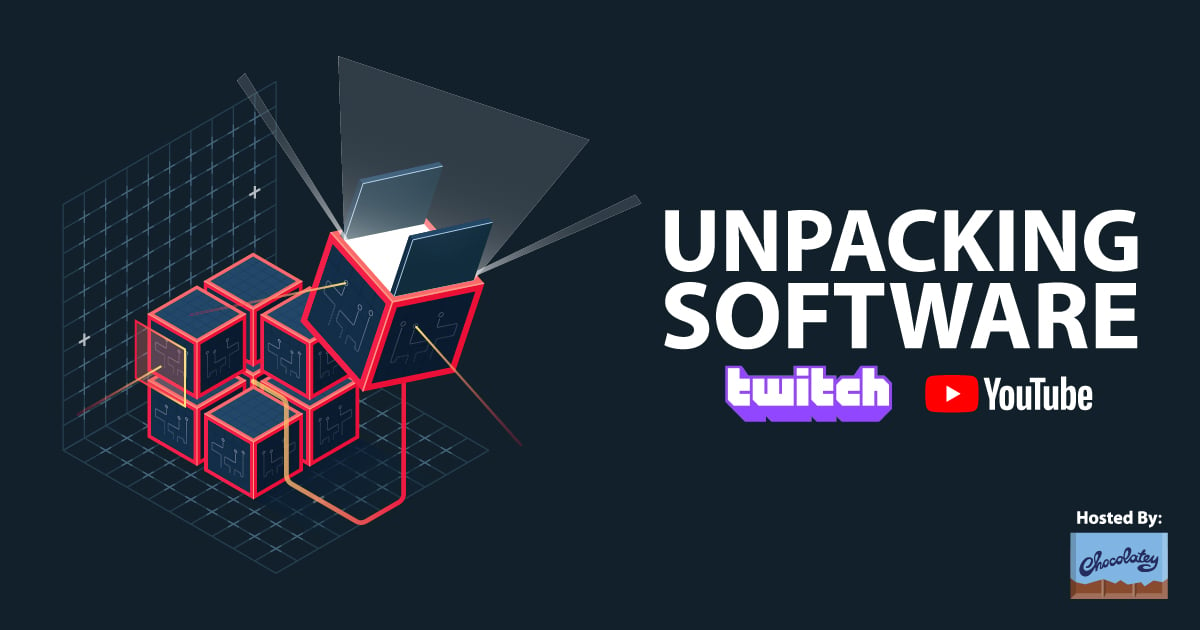

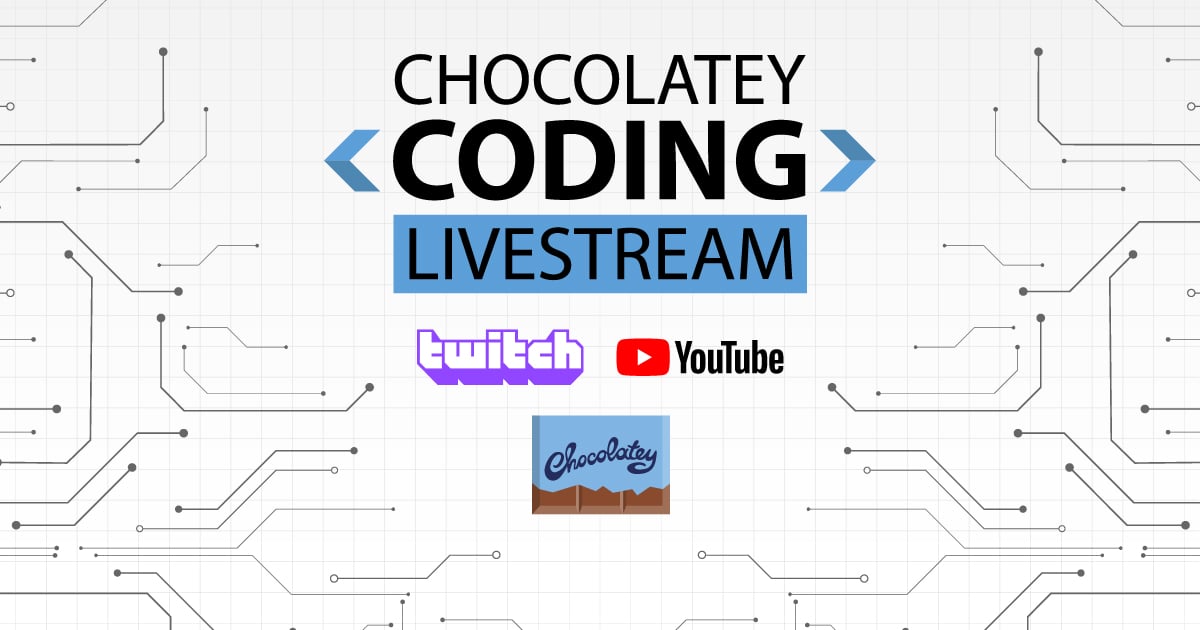
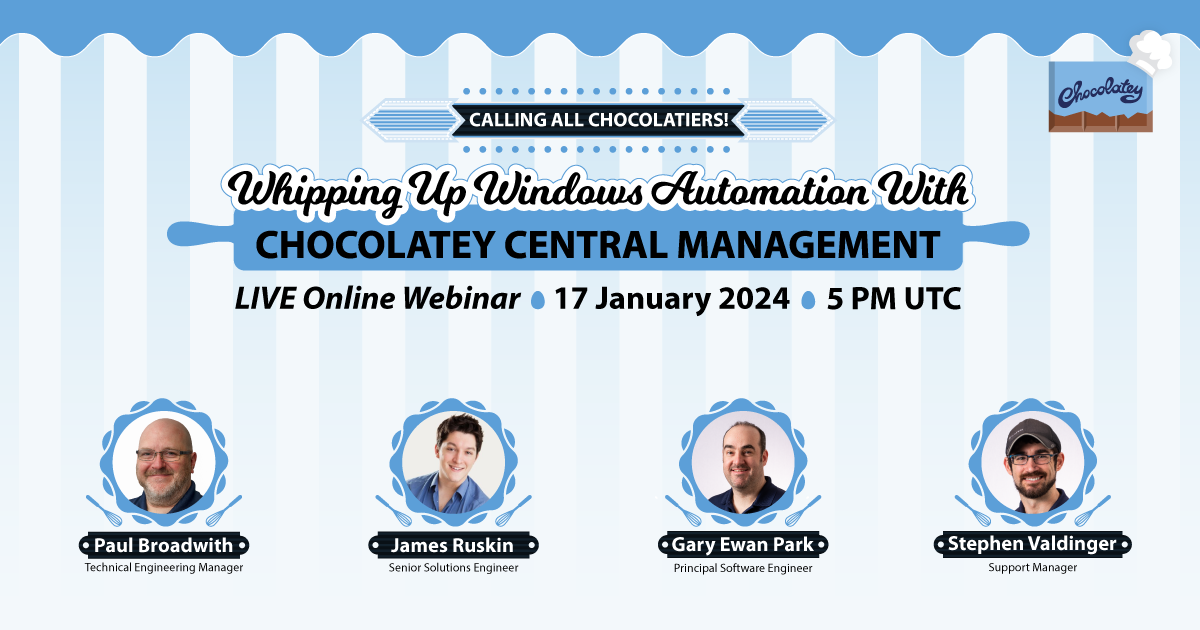
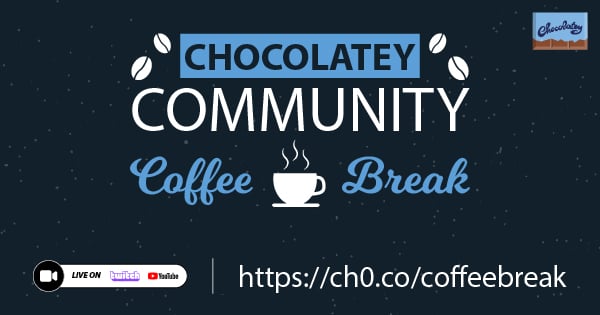




 Ansible
Ansible

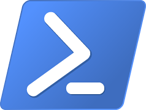 PS DSC
PS DSC

